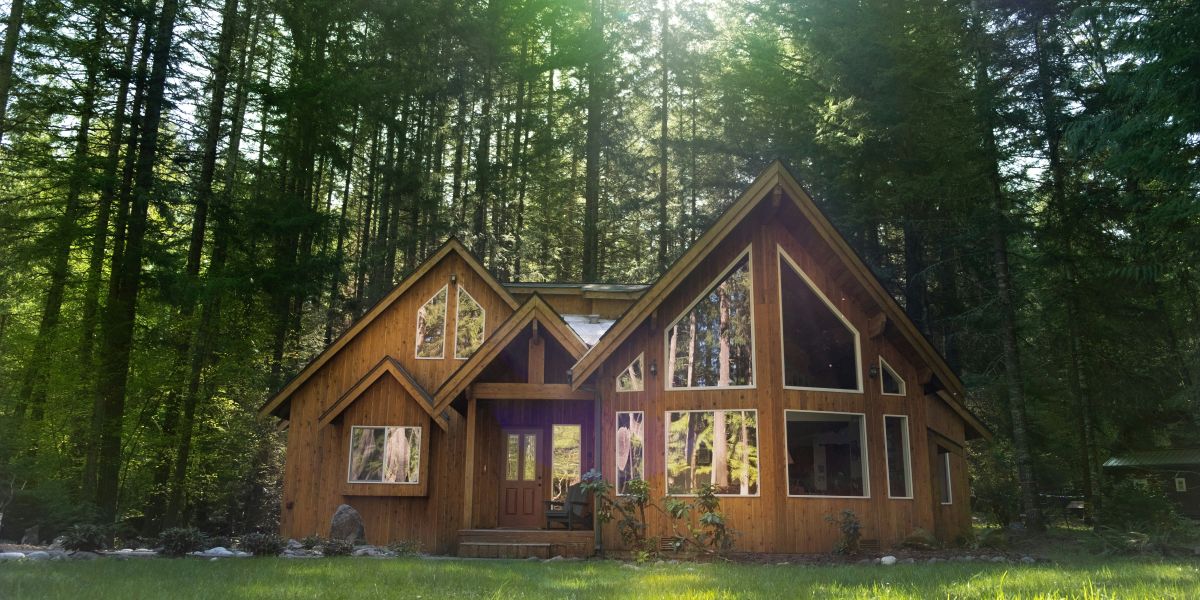Dubai, synonymous with opulent real estate, is solidifying its position as a powerhouse in global residential property investments.
In the year 2023, the emirate witnessed an extraordinary surge in property prices, boasting an annual growth rate of 20%, a feat that outpaces the previous year’s expansion and establishes Dubai as one of the fastest growing real estate market globally. Meanwhile, the worldwide average for property price growth languishes at a decade-low of 3-4%.
Contrary to concerns of overheating, experts assert that Dubai’s residential property market remains robust. The Global Real Estate Bubble Index from UBS, unveiled in September, designates Dubai as among the world’s most secure markets, indicating a reasonably priced market with house prices still residing 25% below their 2014 peak.
Fueled by substantial growth in real incomes and an influx of affluent migrants, Dubai’s residential property value is poised for sustained double-digit growth in the coming years. Henley & Partners forecasts a significant influx of over four thousand millionaires relocating to Dubai this year. In the past 12 months alone, the UAE issued a noteworthy 3.4 million new residence permits, equivalent to over a third of its current population.
According to insights from Housearch.com, an online property search platform, Dubai experienced a remarkable $1.3 billion in real estate transactions in a single day in June 2023, underscoring the city’s vibrant demand and investment activity.
The allure of Dubai’s real estate transcends the glamour of city-center penthouses and Jumeirah villas. Housearch.com highlights a discernible shift in housing preferences, with individuals favoring smaller, more affordable homes in less expensive neighborhoods to the South and South-East of the city center. These areas, witnessing a resurgence in property values, are currently at about half of their 2014 levels.
This trend finds validation in data from CBRE Group, a prominent real estate investment firm. Neighborhoods including Liwan, Discovery Gardens, Remraam, Dubai Investment Park and Motor City are emerging as focal points, offering landlords commendable gross rental yields ranging from 9-10%.
When coupled with anticipated property value appreciation, investing in buy-to-rent residential properties in these localities could potentially yield an annualized return on capital of around 20%. In contrast, prime locations like Palm Jumeirah present a more modest 5-6% gross rental yield and are perceived as more susceptible to market cycles.
While the appeal of luxury properties in iconic locations remains, from a buy-to-rent investor perspective, the less conspicuous areas of Dubai are proving to be the dark horses. With resilient rental yields and projected property value appreciation, these areas are swiftly emerging as the vanguards in Dubai’s dynamic real estate landscape.






